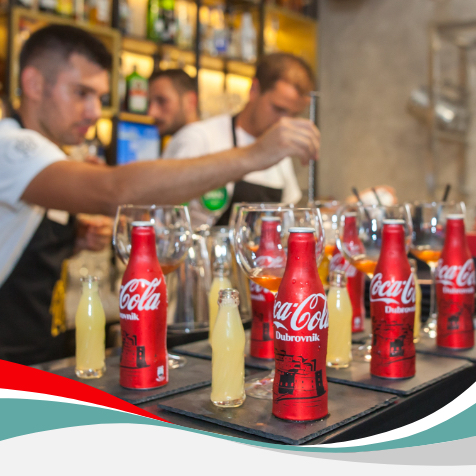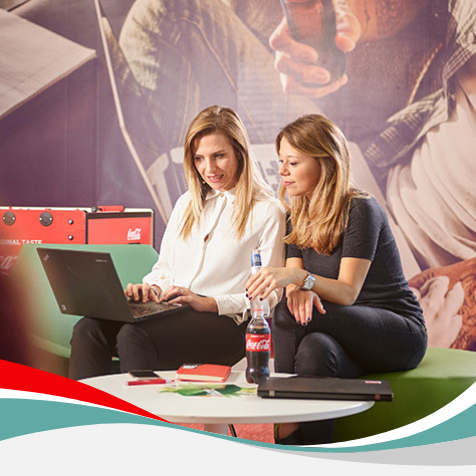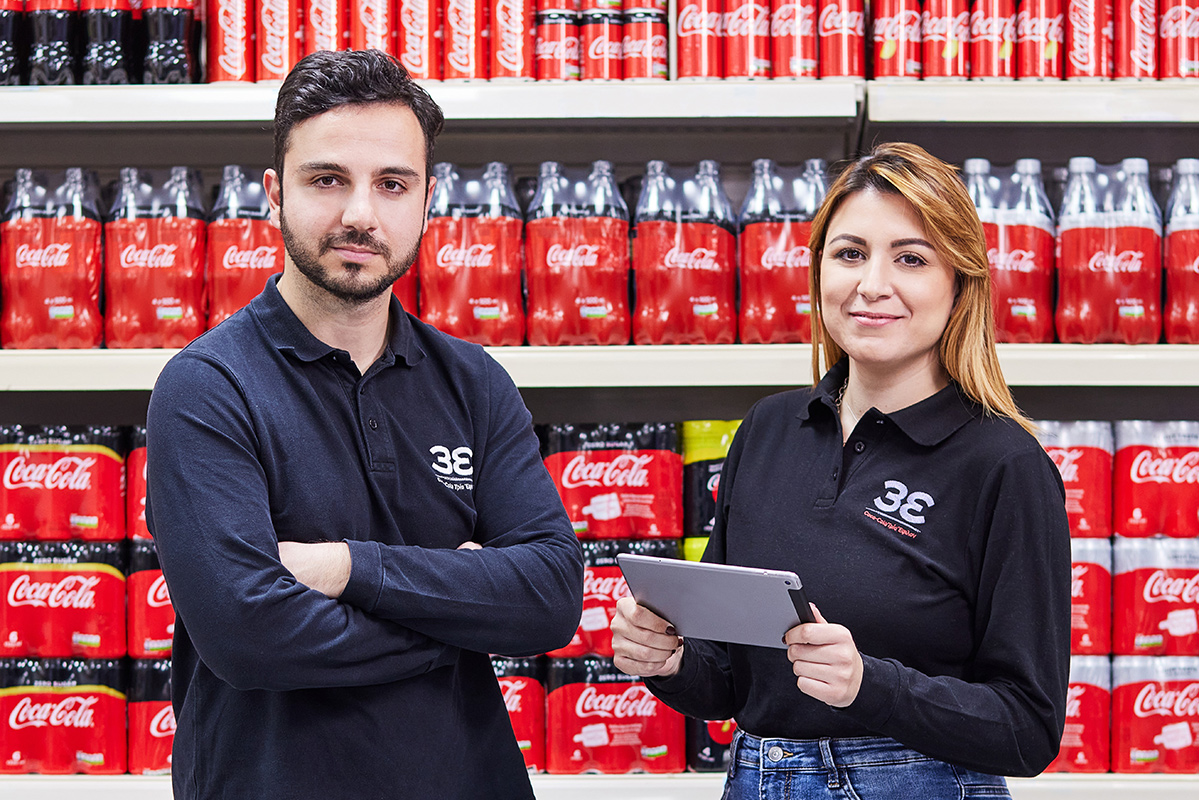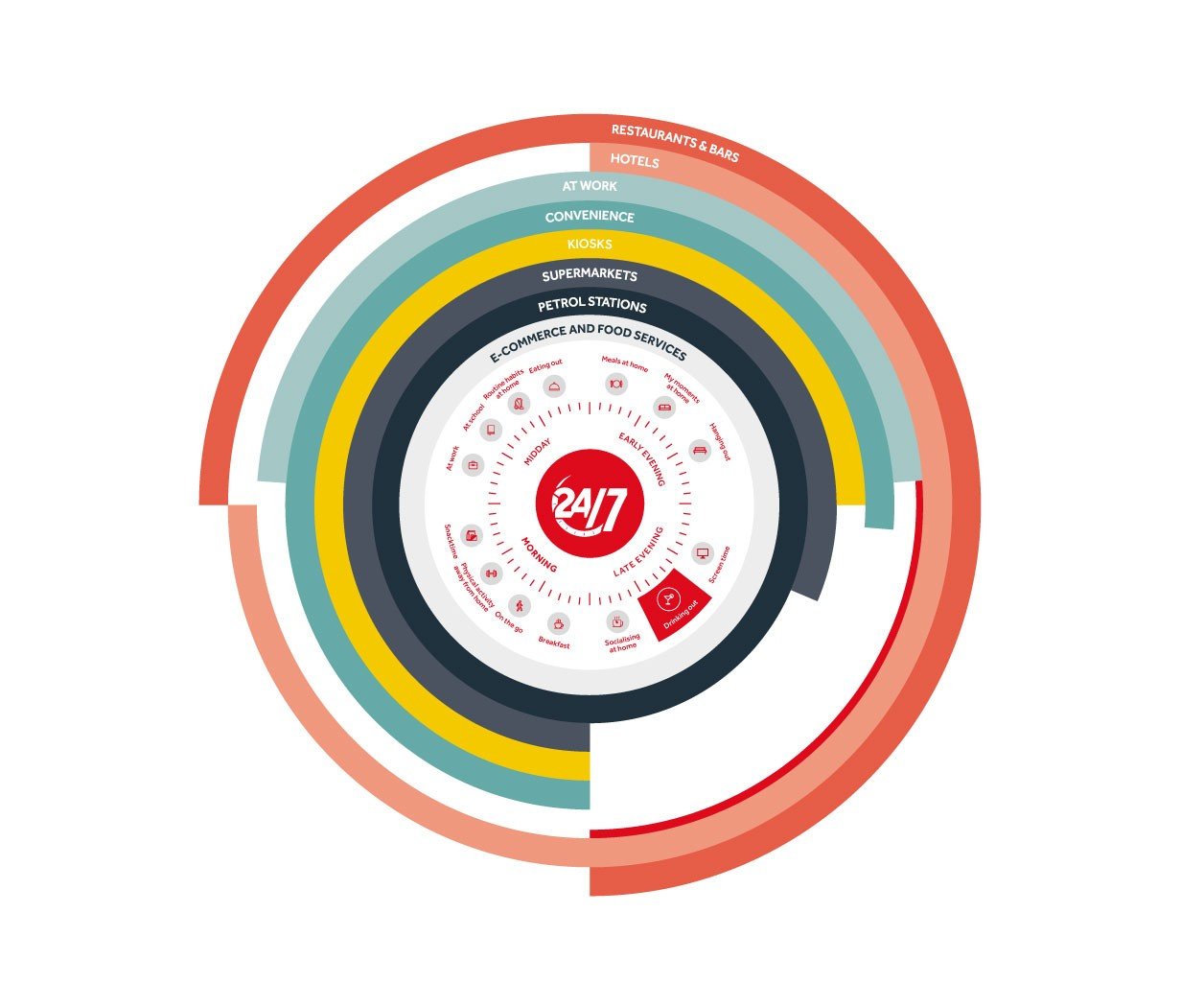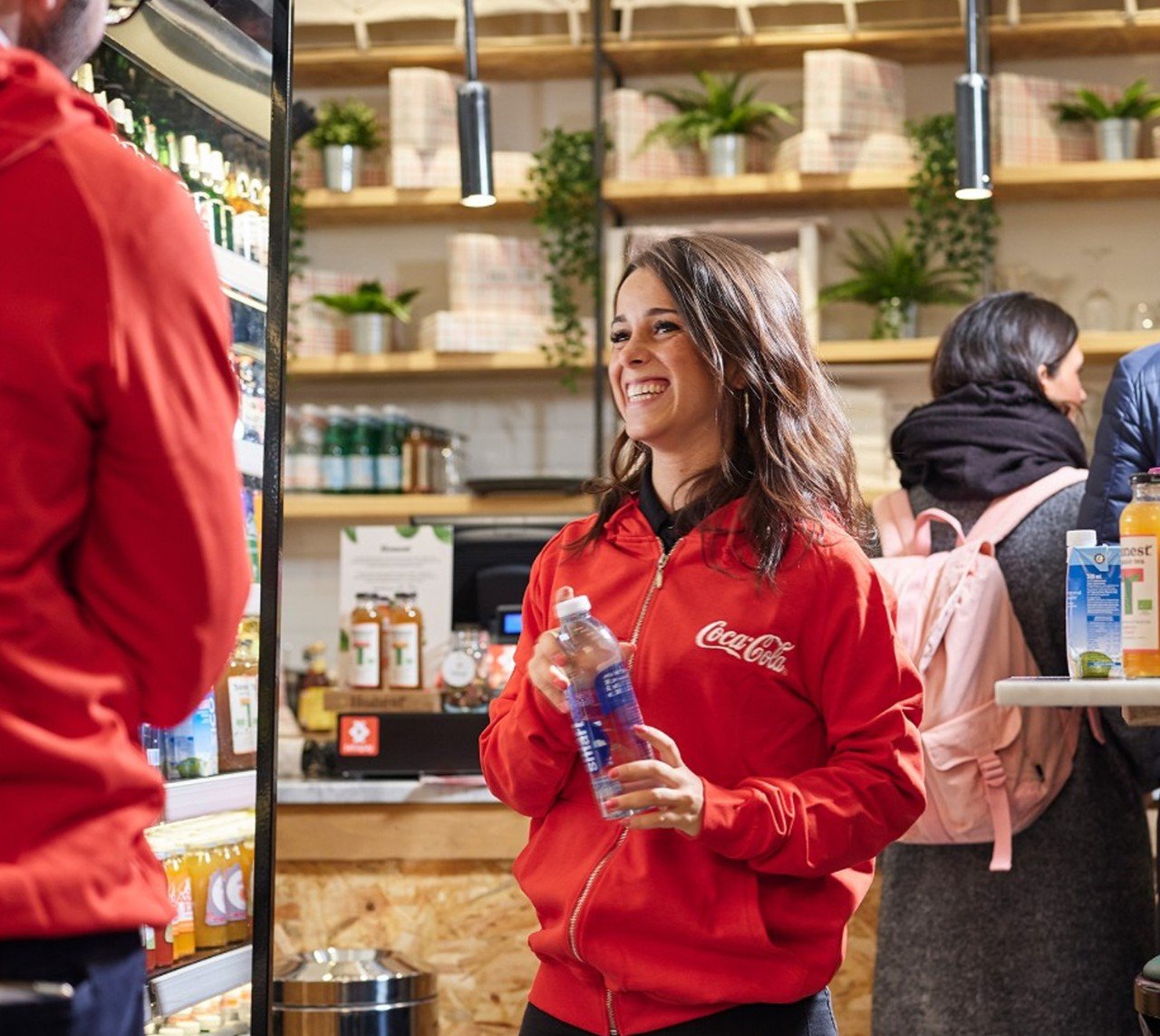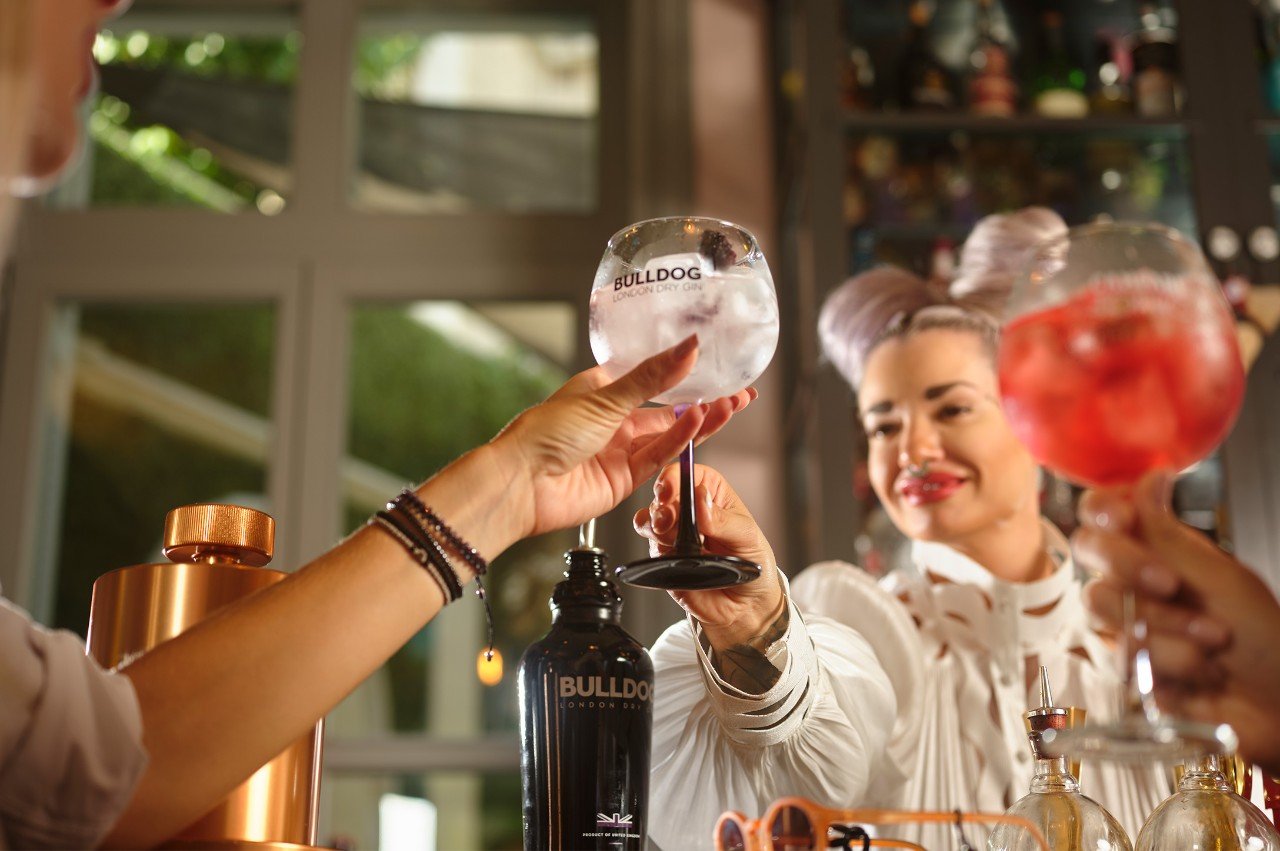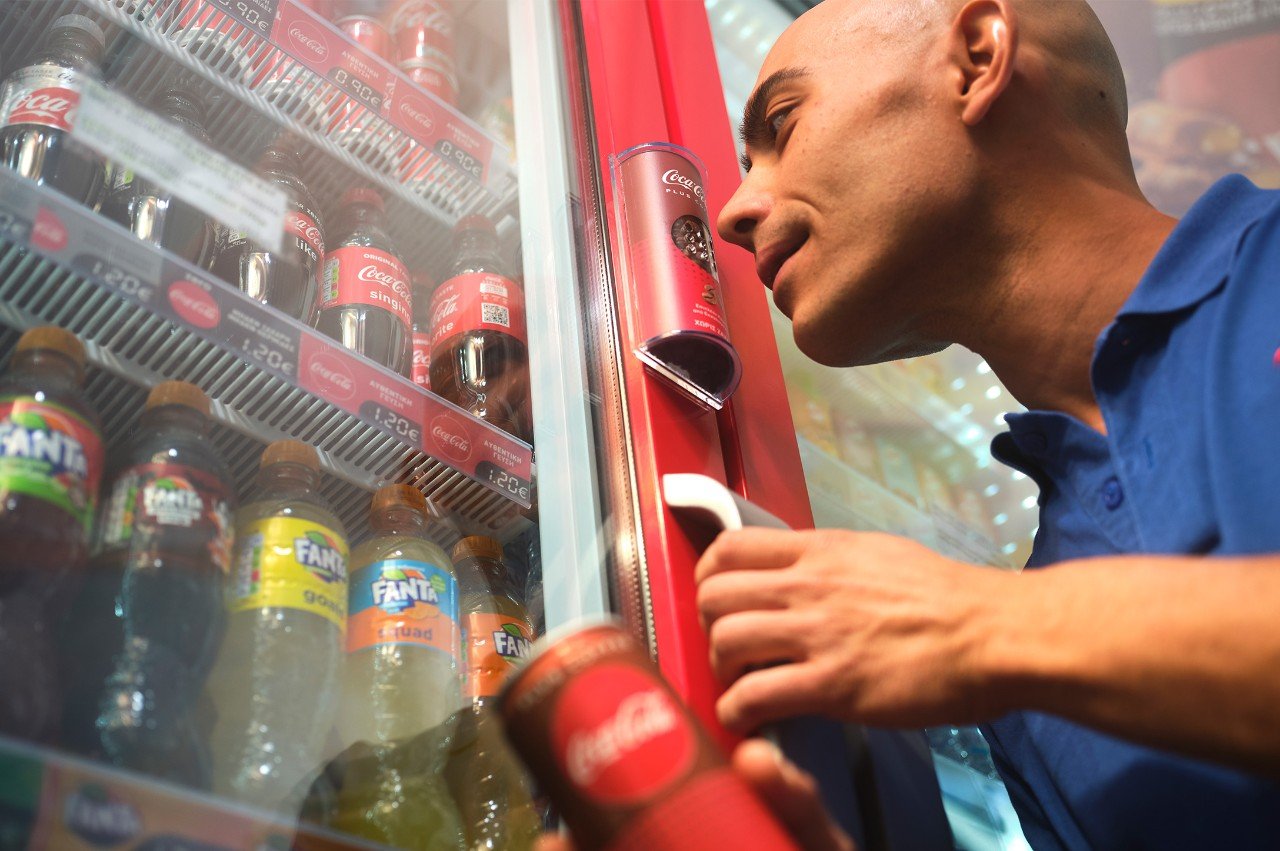Optimising our digitally enabled route to market
Our route-to-market capabilities showcase our wide beverage portfolio in every outlet, increasingly assisted by technology. In a challenging year, our agile operating model, built through investment over several years, enabled us to react quickly to the changing environment.
We delivered impressive volume growth compared with 2019, even with most of our markets operating under restrictions for several months of the year and out-of-home visits much lower. The flexibility of our route to market allowed us to dynamically re-allocate our sales force, maximising opportunities in a changing marketplace. We actively supported our customers so that they could drive more transactions and capture growth opportunities as markets began to reopen.
Improvements made to our route to market, particularly through increased use of digital and data capabilities, are allowing for a more granular segmentation of our customer base, more targeted services and stronger execution. We further incorporated digital tools into our route to market, increasing our share of digital orders through our business-to-business platforms and increasing coverage of our Customer Portal across our markets.
With the reopening of our markets, we worked to reinforce our leadership through increased market execution in displays and the placement of connected coolers. On top of this we have enhanced our execution capabilities by the expansion of image recognition from three countries to eight.
To support our business growth and single-serve mix opportunities, we continued to invest in new coolers, reaching 88% coverage of our top customer outlets, up 3pp compared to last year. We now have a total of 1.4 million coolers on customer premises. Approaching half of these, 44%, have online connections, helping us drive the efficiency of our assets and enhance our sales teams’ productivity.
Investing in digital commerce
We have been investing in and developing a suite of digital commerce platforms and solutions to serve the growing numbers of consumers and customers choosing to shop online, a trend that has picked up substantially since the start of the pandemic. When customers order online, it streamlines processes, freeing up our business developers to help our customers develop their growth opportunities in the beverage category. It also has the potential to open our portfolio to large numbers of smaller outlets which may not have been economic for business developers to serve.
Our business-to-business Customer Portal has been transformed from an order-taking system to an engagement-driven, digital experience for business owners who want to maximise growth efficiently. After introducing our customer portal to 22 of our markets in 2020, we increased engagement through 2021, increasing the number of customers reached through our platform. This investment has helped us achieve rapid growth in online ordering, with the Customer Portal’s share of total orders quadrupling in 2021 to 8%.
We have also been investing behind several other business-to-business opportunities to better serve our customers, creating platforms where we can really leverage our existing physical route to market. WABI2B, for example, is a one-stop-shop for traditional trade and hotels, restaurants and cafés to buy products from us or from other consumer products groups. In 2021 we launched WABI2B in Nigeria and Russia.
While beverages are an attractive product for consumers to buy online given their bulk, the category is still relatively early in this transition, particularly when compared to other consumer categories. This creates a significant longer-term opportunity to capture growth in this channel. We are partnering with e-retailers and our existing brick-and-click customers to increase our digital shelf space and visibility as well as direct shopper engagement. We have also been increasing our presence on food delivery platforms, which deliver restaurant or take-away food directly to consumers’ homes.
Driving stronger capabilities across our salesforce
To deliver our strategy, our people need the right tools to address customer needs. This was the thinking behind the establishment of our Sales Academy in 2020, to build unmatched sales teams that constantly strive to improve our service and drive value with and for all our customers.
After a successful pilot in 2020, we launched the Sales Academy in all our markets in 2021. The Sales Academy has been developed as a transformative digital learning approach to help build our teams’ capabilities on the job, allowing each country to have flexibility to focus on the capabilities that are most relevant to their market.


